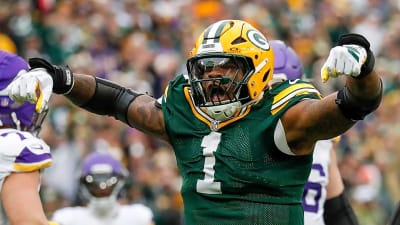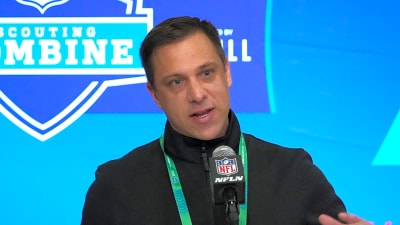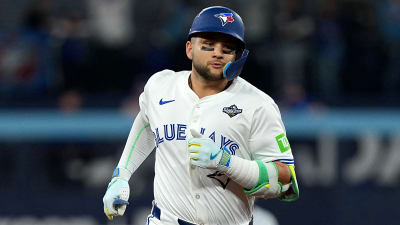
The Tigers placed right-hander Beau Brieske on the 15-day injured list Friday, and righty Brenan Hanifee was called up in the corresponding move. Brieske has been sidelined by inflammation in his right ankle, and manager A.J. Hinch told reporters (including Chris McCosky of the Detroit News) that the pitcher had been trying to play through ankle soreness for the last couple of weeks.
The injury went from sore to more severe after Brieske rolled his ankle while fielding a grounder during a relief appearance in Detroit’s 7-6 win over the Twins on April 11. Brieske wasn’t used again until Thursday when he threw 30 pitches over one-plus innings of relief, “and was pretty beat up” physically, Hinch said. The decision was then made for a proper IL stint in order to help the righty fully recover.
Playing hurt might explain Brieske’s shaky numbers over the season’s first three weeks. The reliever has an 8.59 ERA and only an 11.1% strikeout rate in his first seven games and 7 1/3 innings of the 2025 campaign, though Brieske has had some bad luck in the form of an unfathomably low 39.2% strand rate. However, he has already allowed two homers this season, after giving up five long balls over 67 2/3 frames in 2024.
Brieske was far more effective in 2023-24, posting a 3.59 ERA over 102 2/3 innings while working in a variety of different roles out of the Tigers’ bullpen. Technically, some of those bullpen outings were starts since Hinch frequently used Brieske as an opener, but the right-hander also got long relief work and some more standard one-inning outings. Brieske’s flexible usage contributed to the “pitching chaos” strategy that helped Detroit make its big late-season surge and playoff run in 2024, though obviously he simply hasn’t been nearly as effective in the early going this year.
Jason Foley is another reliever whose fortunes have taken a turn for the worse in 2025, as the Tigers’ more frequent closer from last season began this year in the minor leagues after a rough Spring Training. He looked sharp in throwing five scoreless innings with Triple-A Toledo, but any plans for a call-up were put on hold when Toledo placed Foley on the seven-day IL on Thursday due to a right shoulder strain.
Foley hasn’t pitched in a week, and Hinch told MLB.com’s Jason Beck that “We’re getting him evaluated. I feel for him, because it comes at a time where he was starting to throw the ball pretty well and [was] starting to look like the player that we expected him to be this spring.”
A proper recovery timeline will likely be known once more tests are complete, and it may be something of a good sign that Foley wasn’t immediately placed on the IL in the wake of his initial shoulder discomfort. Still, the Tigers will naturally be cautious with any shoulder-related injury, and Foley seems likely to miss well beyond the seven-day minimum. Foley missed the entire 2018 season recovering from a Tommy John surgery but has since been injury-free, and he was a workhorse in tossing 189 1/3 innings over 199 appearances for Detroit during the 2022-24 seasons.
In better injury news for the Tigers, Parker Meadows has been cleared to start a throwing program. A musculocutaneous nerve problem in Meadows’ upper right arm arose during Spring Training, preventing Meadows from throwing and necessitating a season-opening stint on Detroit’s 60-day IL. The fact that he has restarted his throwing progression in even a limited fashion is a big plus for Meadows, even if Hinch cautioned that the team will still be carefully monitoring Meadows’ ramp-up before making any further steps in his rehab.
Since Meadows can’t be activated until the last week of May at the earliest, he has plenty of time to gradually rebuild his throwing strength. He has been able to take part in other baseball-related activities during his IL stint, so the throwing is the only obstacle remaining between Meadows and what will likely be a pretty lengthy minor league rehab assignment, given how much time Meadows has already missed.
Meadows is one of several Tigers outfielders sidelined by injury early in the 2025 season, and utilityman Matt Vierling has also yet to play after straining his right rotator cuff back in February. Vierling has now also been cleared to throw, allowing him to fully partake in baseball-related activities. The Tigers are hopeful that Vierling can begin a minor league rehab assignment before April is over.
More must-reads:
- Tampa Bay Rays get king's ransom in Brandon Lowe, Shane Baz trades
- Los Angeles Dodgers' latest World Series championship comes with staggering luxury-tax bill, nearly doubles next-highest team
- The 'AL and NL MVPs since 2000' quiz
Breaking News
Trending News
Customize Your Newsletter
 +
+
Get the latest news and rumors, customized to your favorite sports and teams. Emailed daily. Always free!








